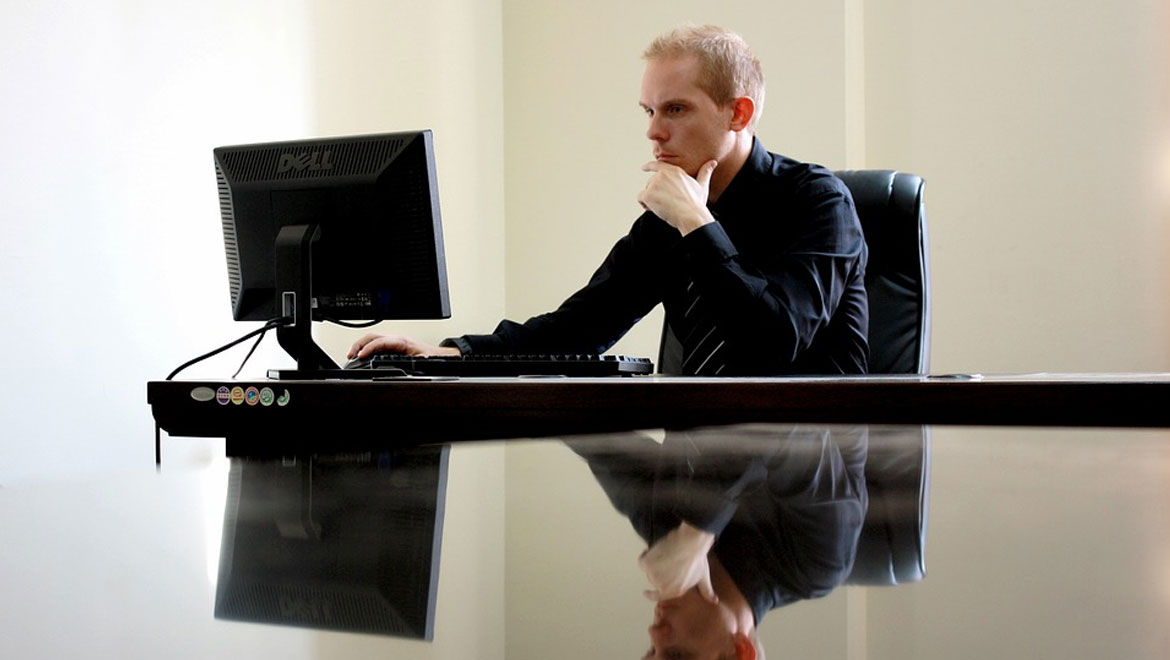How often in movies have you seen futuristic desks and thought, ‘I need that.’ Something with a sleek design, loaded with technology, a holographic display perhaps and of course AI support. Well, with advances in technology, a desk like that is probably not too far off. Office 21 is a new design project that is trying to incorporate the newest technology into a functional design to create a sustainable and practical work environment that increases office efficiency.
Many corporate offices are instituting clean desk policies for their employees. The purpose of these policies is to ensure sensitive or confidential materials are not left on desks when employees are not at their workstations. By doing so, it is thought that this strategy will limit security breaches in the workplace. It is a goal of these policies to increase employee awareness about sensitive information. At risk information can include personal identification, medical histories, intellectual property, trade secrets, and financial records. All of these materials can be used in malicious ways, from gaining a competitive advantage to identity theft.
Technology
Whether at home or in an office, most workstations, even the best-kept ones, look the same. A computer, a mouse, and assorted papers arranged on a desk. The scientists at Fraunhofer IAO are developing Office 21 as ‘the desk of tomorrow’. Focusing on the computer, most workstations are a tangled mess of cables and wires. USB wires, power cords, and internet data cables all serpentine out from the computer towards screens, keyboards, and other input devices. You can sacrifice all this by using a laptop, but this may be at the cost of computer power.
Internet connections can be eliminated by using a wireless device. The Office 21 takes this a bit further by developing wire-free workstations. This includes power cords for computers and lamps as well as data cables that are used to connect tablets, external hard drives, and monitors. As unbelievable as that sounds, the Samsung Corporation has already developed a wireless charging unit for their smartphones. Here, Office 21 will integrate both power and data transfers that are both practical and aesthetically pleasing.
Other technologies that the Office 21 will incorporate are innovations that drive towards a paperless office environment. As more and more projects are becoming electronic in nature, it makes sense to rid the clutter by going paperless, as well as getting rid of input devices. The workstations will have built-in touch keyboards and mice similar to those found on tablets. Your entire desk will be a digital work surface using the latest in OLED technologies. Everything from documents to sticky-notes will be handled by software in the workstation. Office 21 has partnered with 11 tech companies, like Intel, Fujitsu, and Kyocera, and has the support of another eight companies including 3M and Microsoft.
Aesthetics and Applications
It isn’t just having a workstation that can perform; Fraunhofer IAO also takes into account the environment that an employee will be in. Things like the office setting, office density, flexibility, appeal, and even acoustics are accounted for. No two workplaces are the same, so why build a single design layout? Some offices may even need to upgrade their existing infrastructure to accommodate the Office 21. The end result is to create an office environment that is productive and appealing to everyone.
It takes a lot of work to acquire and maintain a highly-qualified staff. The last thing you want is for them to be in an office space that just doesn’t work well. If your office loses its appeal, staff acquisition and retention will suffer as a result. Fraunhofer IAO design work areas for many companies in ways that suit them best. It’s not just open spaces and advanced technology, even the sounds of the day-to-day operations are considered. Fraunhofer IAO notes that ambient noises in shared office spaces can be disturbing while employees try to concentrate. At 50 db, many shared spaces are approaching the point of agitation, whereas a bedroom sits at a relaxing 10 db. The developers strive to design work areas that sit closer to the relaxing ambient noise levels.
Work-Life balance
Some people and companies have acknowledged that shared office spaces are not for them. With more and more emerging technologies that allow for connectivity from all over the world, many people choose to work from home offices. The Office 21 system is not limited to the corporate setting. By questioning how much freedom and how self-determined an individual can be, they hope to develop suitable models that will entice productivity while the individual balances home and family life with time spent at work.
Top image: Chair Desktop Businessman Business Desk Computer. (Maxpixel)







No comment